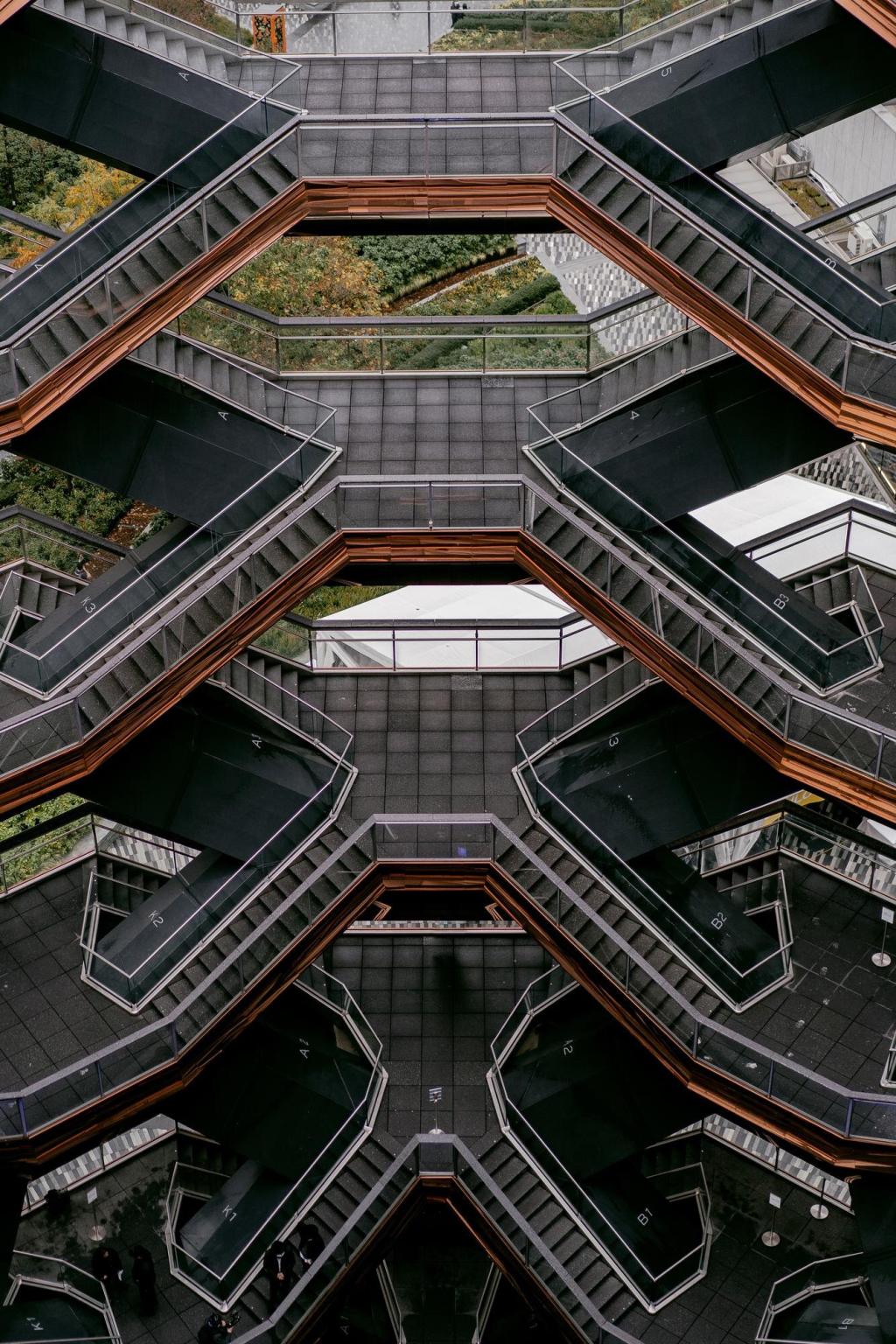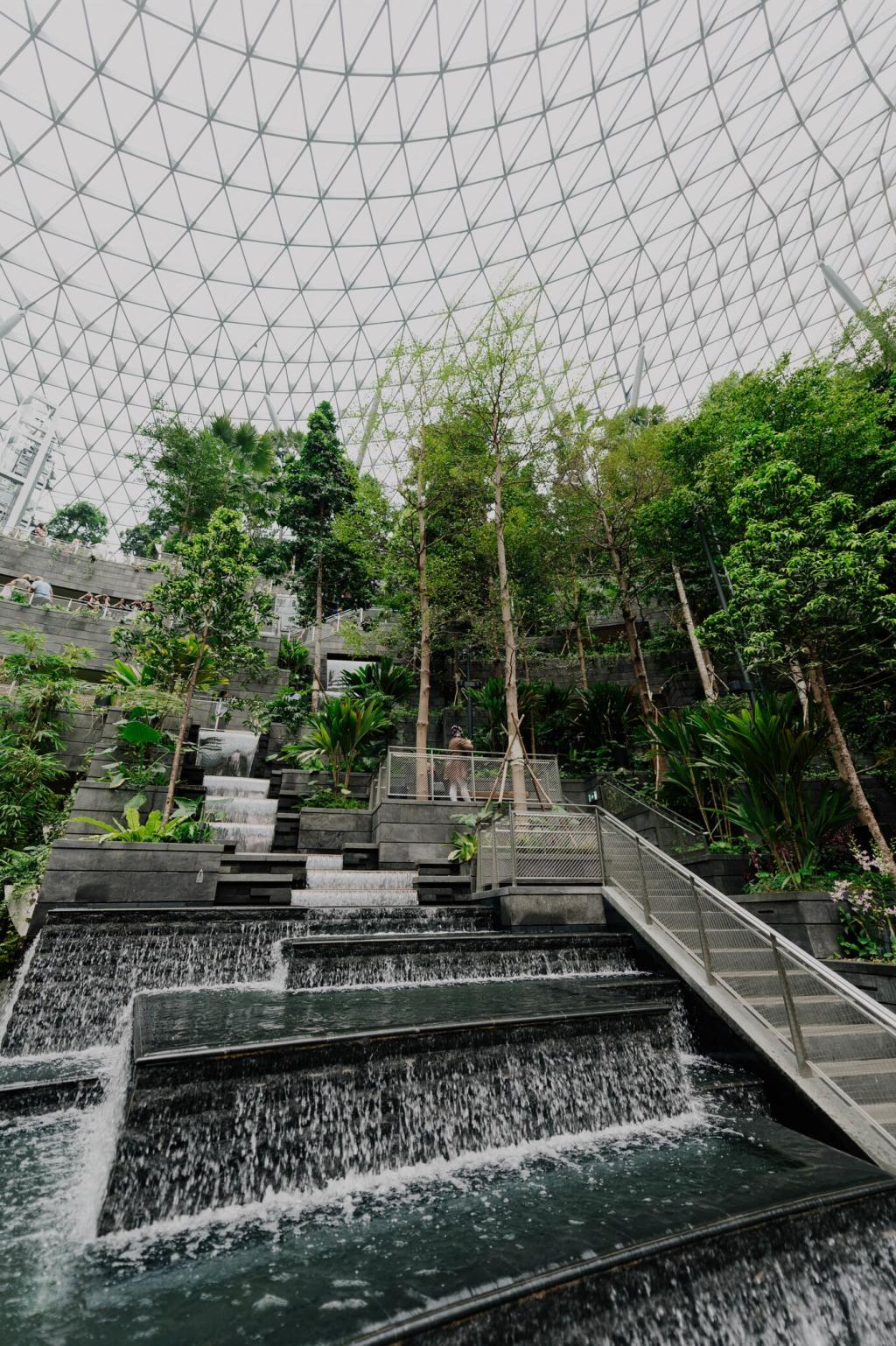Emerging Technologies in Eco-Friendly Architecture
Emerging technologies are revolutionizing eco-friendly architecture, reshaping the way buildings are designed, constructed, and operated. As society demands greater environmental responsibility, architects and builders embrace innovative materials, digital tools, and integrated systems that significantly improve energy efficiency, lower carbon footprints, and enhance occupant well-being. This evolution means sustainable architecture is no longer just a trend, but a necessity—and new technologies are at the heart of this transformation. From smart automation to novel construction methods, these advancements are enabling buildings that are both environmentally sensitive and architecturally inspiring.

Smart Building Automation
Intelligent Energy Management Systems
Intelligent energy management systems leverage advanced algorithms and Internet of Things (IoT) devices to monitor and adjust electricity consumption throughout a building. These platforms analyze usage patterns across lighting, elevators, and HVAC systems, optimizing performance to match occupancy levels and times of day. As a result, buildings can achieve substantial reductions in energy use and carbon output, all while delivering reliable comfort. Their adaptability is essential for modern green buildings, especially as renewable energy sources and energy storage integration become more prevalent.
Automated Climate Control Systems
Climate control systems equipped with smart automation use data from interior environment sensors to maintain optimal temperature, air quality, and humidity levels automatically. Unlike traditional manual adjustments, these advanced systems respond to real-time changes, such as shifting weather or varying occupancy. They also learn from historical data to predict usage patterns and pre-emptively adjust settings, further increasing energy savings while enhancing occupant comfort and productivity. These self-regulating environments are a cornerstone of sustainable building design.
Adaptive Lighting Solutions
Modern adaptive lighting solutions employ occupancy sensors, daylight harvesting, and automated dimming to match indoor light levels with actual requirements. By synchronizing artificial lighting with natural daylight and the movement of people, these technologies minimize unnecessary energy use and reduce maintenance costs associated with traditional lighting. Additionally, adaptive lighting can positively impact occupant mood and productivity by maintaining balanced ambient light levels. Their integration into smart building ecosystems underlines the shift towards holistic, user-centric sustainable design.
Bio-Based Building Products
Bio-based building products such as cross-laminated timber, bamboo composites, and mycelium insulation are leading materials in the eco-friendly construction movement. Sourced from rapidly renewable resources, these products have inherently lower embodied carbon compared to traditional steel and concrete. Furthermore, they often possess unique properties—such as carbon sequestration and natural resistance to pests—that provide environmental advantages. Innovation in manufacturing and treatment allows these materials to meet stringent performance standards, making them increasingly suitable for a wide range of architectural applications.
High-Performance Insulation Materials
Advanced insulation materials made from recycled, bio-based, or aerogel technologies deliver superior thermal performance while minimizing environmental impact. These products help maintain consistent indoor temperatures, reducing the reliance on heating and cooling systems and thus directly lowering operational energy use. Novel forms such as vacuum insulated panels and phase-change materials further push the boundaries, enabling thinner wall assemblies with equivalent or higher R-values. Choosing high-performance insulation is a foundational step for any building seeking rigorous sustainability certifications.
Self-Healing and Reactive Materials
Emerging self-healing materials—including special concretes and coatings—respond to cracks or environmental damage by automatically repairing themselves, extending the life span of building elements and reducing maintenance demands. Reactive claddings and paints are being developed that change their properties in response to sunlight, temperature, or humidity, either by adjusting color, permeability, or reflectivity. These dynamic features not only prolong the durability of the structure but can also contribute to energy savings and enhanced occupant comfort by responding to environmental conditions in real time.
Previous slide
Next slide

Renewable Energy Integration
Building-Integrated Photovoltaics
Building-integrated photovoltaics (BIPV) are solar power technologies incorporated directly into a building’s envelope—such as façades, roofs, or windows—serving both functional and aesthetic purposes. Unlike traditional solar panels that are mounted atop structures, BIPVs form part of the actual construction materials, enabling greater design flexibility. This integration reduces the demand for external cladding, maximizes solar collection area, and generates clean electricity onsite. Their expanding adoption underscores a design philosophy where renewable generation and architecture coexist harmoniously.
Geothermal Heating and Cooling Systems
Geothermal systems capitalize on the stable temperatures found beneath the earth’s surface to provide highly efficient heating and cooling for buildings. By circulating fluids through underground loops, these systems transfer thermal energy in or out of the building as needed, offering excellent efficiency compared to conventional HVAC equipment. Their minimal operational carbon footprint and capability for consistent year-round performance make them especially attractive for buildings aiming for net-zero or zero-energy status. Advances in drilling, piping, and controls further improve their feasibility in urban and retrofit scenarios.
Onsite Wind Energy Solutions
Small-scale wind turbines are increasingly being adapted for use in urban and suburban buildings, transforming rooftops and surrounding spaces into sources of renewable energy. The latest turbines are quieter, more compact, and capable of efficient operation in variable wind conditions. Integrated with smart grid systems, onsite wind allows buildings to complement other renewable sources and supply excess energy back to the grid. Urban wind projects also symbolize the innovative spirit of sustainable architecture by embracing visible, locally generated power as part of the building’s identity.
